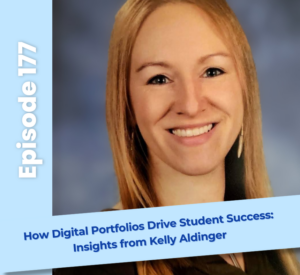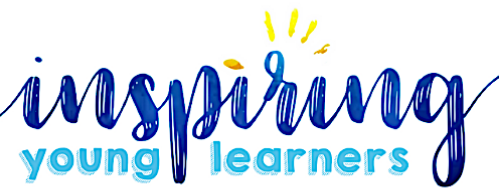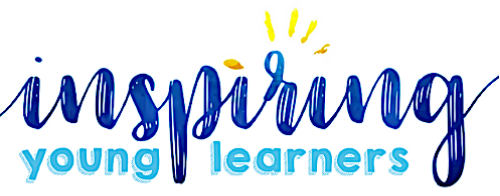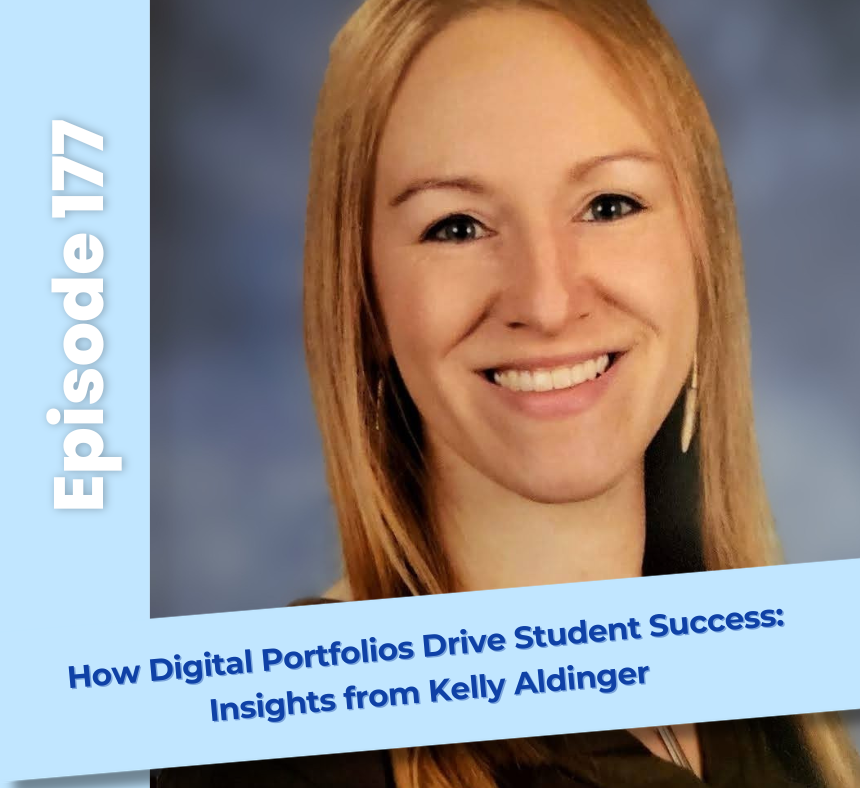
The Power of Digital Portfolios
- Start small: Focus on one language domain or a few students to get started with digital portfolios.
- Use rubrics and assessments to provide consistency and clarity when assessing language development.
- Encourage student reflection to help them take ownership of their learning journey.
- Share portfolios with families to foster strong home-school connections.
- Join the Equipping ELLs Membership
- Shop our TpT Store
- In this Google Drive Folder, you will find a copy of presentation slides, NYSESLAT Targets of Measurement, K-5 Digital Portfolio Reference Guide, Google Site Template
**IMPORTANT** Right click on the file within the Google Drive folder –> “Make a copy” –> Be sure to store it outside of the shared folder in your OWN drive, otherwise it won’t allow you to make the copy.
More about Equipping ELLs:
We all know that teaching isn’t easy, but it doesn’t have to be this hard. Equipping ELLs is a podcast for both ESL specialists and homeroom teachers who are looking for effective and engaging ways to support their English Language Learners without adding to their endless to-do list. Tune in each week to hear tips, strategies, and inspirational stories that will empower you to better reach your ELL students, equip them with life-long skills, and strengthen relationships with colleagues and parents.
Your host, Beth Vaucher, is the founder of Inspiring Young Learners. She is an ESL certified homeroom teacher with over 10 years of experience teaching in the US and internationally. Her background of M.Ed in ESL and Curriculum and Instruction combined with her experience has led her to develop a bestselling newcomer curriculum that has sold in over 90 countries around the globe. She brings a different perspective to teaching ELLs from her years teaching and living abroad and working with ELLs from around the world. You will walk away from each episode with the ideas and tools you need to transform your experience as a teacher and cultivate a thriving and welcoming environment for your ELL students.



